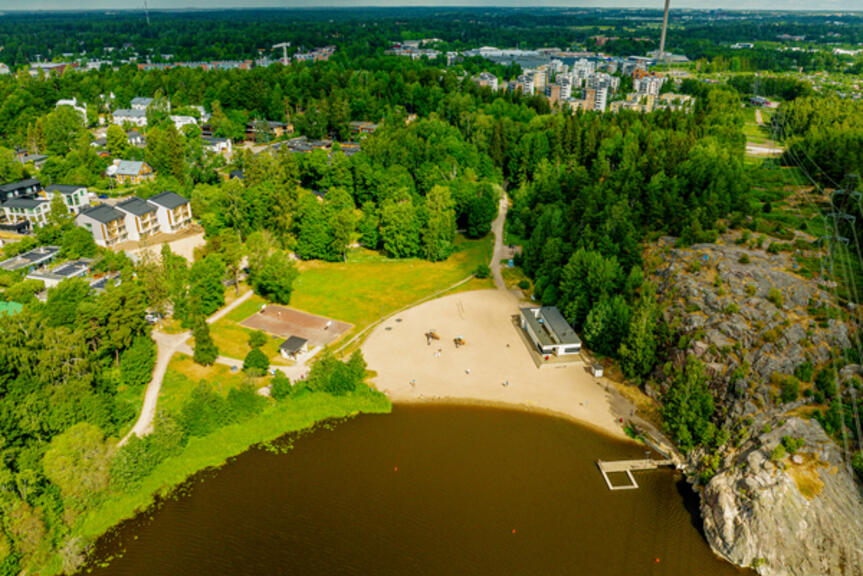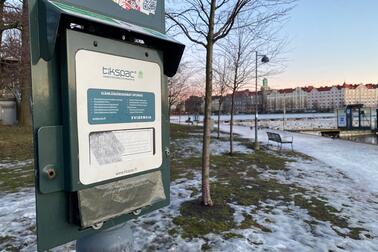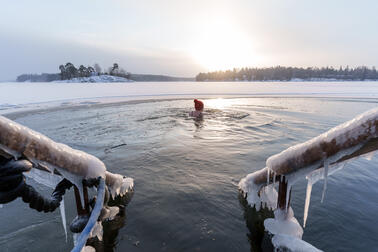
However, the occurrence of cowbane near the aforementioned beaches does not cause any restrictions on swimming, and exposure to the poison of the plant via the swimming water alone is unlikely. The poison of the plant is located in its liquid, and if the plant is undamaged, the poison does not spread.
Cowbane is highly poisonous, and all parts of the plant contain cicutoxin. The plant must not be touched, let alone eaten. If you touch the plant with bare skin, the contact point must be washed carefully for 10–15 minutes. If you have swallowed the plant matter, you must immediately go to a hospital.
For the staff of the beaches in question, the swimming season continues until 11 August, but the water quality will be monitored until the end of August. After that, any cowbane plants found in the beach areas can be removed.
“Removing cowbane is somewhat challenging, as it requires removing the roots completely to prevent the plant from growing again next year. In any case, the occurrence of cowbane must be observed in the coming years as well, as the plant is a resilient little bugger,” laments Team Supervisor Jukka Lundgren from the beach team of the City of Helsinki.
Visually, cowbane resembles cow parsley. It can be distinguished from cow parsley by its habitat, as cow parsley grows in yards and on roadsides, while the typical habitat of cowbane is located in the shallow shore waters of eutrophic water bodies. The cowbane blooms in July and August, and the plant is 30–150 cm tall.


